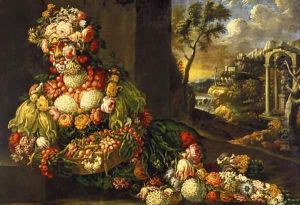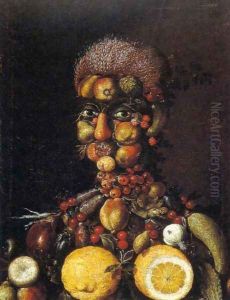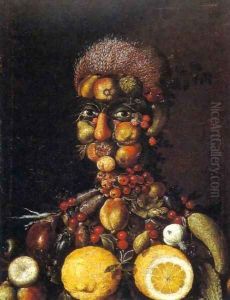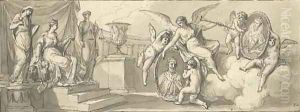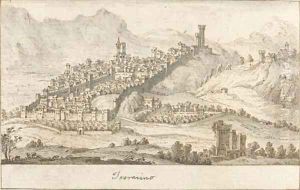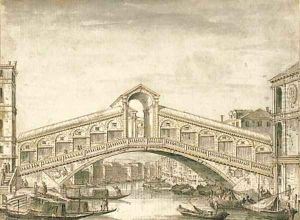Francesco Zucchi or Zucco Paintings
Francesco Zucchi, also known as Francesco Zucco, was an Italian painter active during the Renaissance period, particularly in the mid-to-late 16th century. While specific details about his early life and training are sparse, it is known that he was born around 1540-1541, likely in Italy. His contributions to art, though not as widely recognized as those of some of his contemporaries, are nonetheless valued for their embodiment of the Mannerist style that was prevalent during his time.
Zucchi's work is characterized by the typical Mannerist qualities of elongated figures, unusual perspectives, and a sophisticated, often artificial use of color. These elements combined to create artworks that were both elegant and emotionally expressive, aligning with the broader aesthetic trends of the late Renaissance. Although the body of his work that survives is limited, it includes religious scenes and portraits, which were common subjects for the period.
Documentation of Zucchi's career indicates that he was active in various Italian cities, where he contributed to the decorative schemes of churches and public buildings. However, his reputation does not rest on large-scale frescoes or monumental works, but rather on smaller, more intimate pieces that highlight his skill in handling detail and his sensitivity to human emotion.
Despite the scarcity of information regarding his personal life or the full extent of his oeuvre, Francesco Zucchi remains a figure of interest for art historians studying the nuances of Mannerist painting in Italy. His death is believed to have occurred around 1580, marking the end of a career that, while perhaps not as celebrated as that of some of his peers, contributed to the rich tapestry of Italian Renaissance art.
